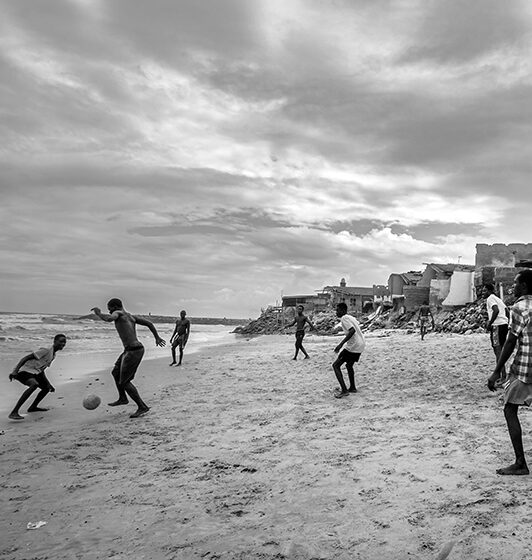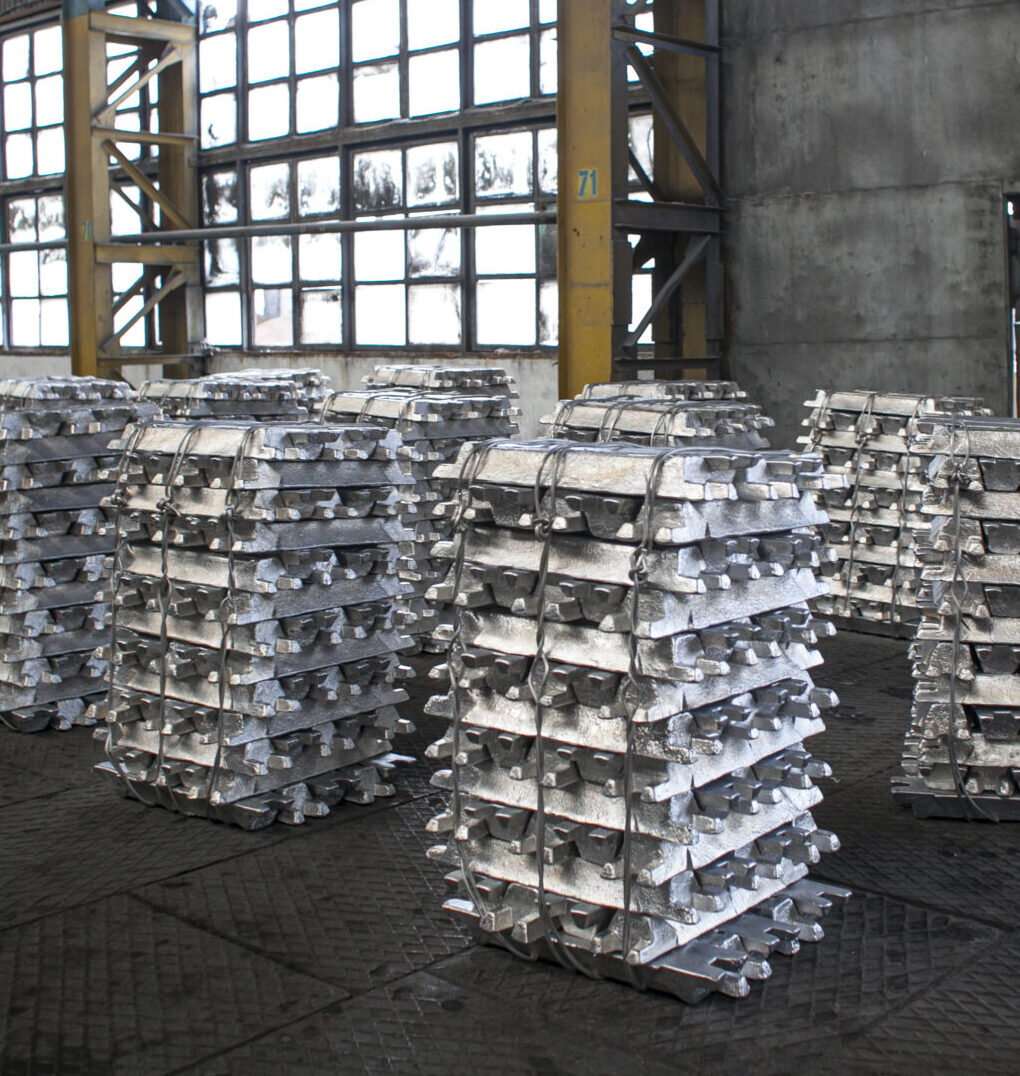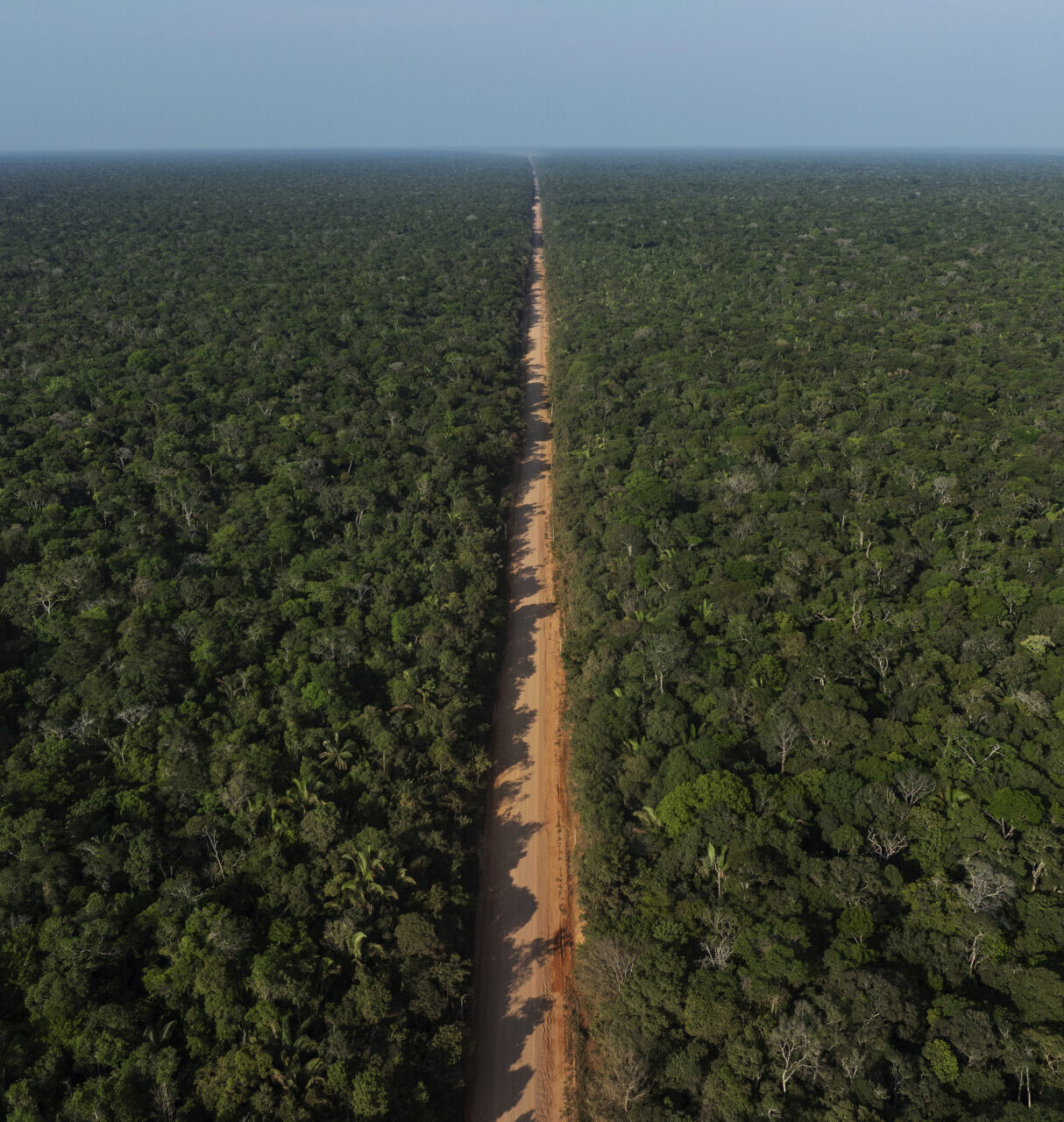The impacts of heat on lives and livelihoods are far-reaching but poorly understood
With climate change fueling more frequent and intense heat waves, we are increasingly confronted with headlines tallying lives lost to heat stroke during yet another record-breaking summer or warning us just how deadly heat waves of the future will be.
Heat-related health risks are not borne equally across society. People who cannot limit their exposure are disproportionately impacted, like workers in hot outdoor and indoor workplaces, especially in the Global South where increases in heat and humidity are becoming intolerable. For many of the most vulnerable, heat exposure does not end at the workplace. After long hours on farms and construction sites or in factories and crowded markets, many return to heat-trapping homes to cook, clean, care for family members, and attempt to recover before another grueling workday.
Without access to cooled living and working spaces, oppressive heat is inescapable and can progressively strain lives and livelihoods through complex and cascading pathways. While media coverage often highlights life-threatening conditions like heat stroke, most heat-attributable fatalities and hospitalizations result instead from cardiovascular, respiratory, and renal injuries exacerbated by prolonged exposure. These deaths are often not correctly attributed to heat in medical records. Because of the wide-ranging and insidious health impacts that occur without the physical destruction of other natural disasters, heat is often called an “invisible killer.”
However, the emphasis on deaths and hospitalizations understates broader consequences for lives and livelihoods. Emerging population data have linked elevated temperatures with declines in mental health and increased violence and self-harm. Heat has also been associated with adverse impacts on reproductive health. Outside of more direct effects, heat is well established to reduce labor productivity and increase absenteeism, which can hurt financial security for hundreds of millions of informal, piece-rate, and gig workers globally. It is these indirect impacts that pose the most salient threat to vulnerable workers, many of whom already live on the edges of thermal tolerance and extreme poverty.
Since 2023, our research team has been working with the Self Employed Women’s Association (SEWA) – a trade union representing over 3.2 million poor, self-employed women from India’s informal economy – to quantify and respond to the increasing impacts facing some of the country’s most vulnerable workers. Three straight years of severe summer heat waves have had grave consequences for SEWA members working as farmers, salt-pan workers, street vendors, waste recyclers, head loaders, and construction workers. Work productivity has suffered, as have crop yields and dairy production. In an internal survey SEWA shared with us, nearly 80% of the 600 members surveyed reported heat-related loss of income (by up to 50%) or health impacts or both. Almost 40% indicated worsened mental health, with grassroot leaders raising concerns that reduced income has exacerbated domestic violence. Nearly 75% reported adverse repercussions on children who could not attend school due to extreme temperatures. Many also felt food security had worsened.
Our conversations with SEWA members underscore the challenges of living in a progressively hotter world. Members describe skin rashes and pelvic infections that can accompany sitting and weaving for hours in overheated single-room homes. Women report worsening symptoms throughout their reproductive cycle, including during menstruation, pregnancy and menopause. The women unsurprisingly cite finances as the biggest barrier to keeping their homes and bodies cool; most cannot afford air conditioners or fans, let alone pay for the electricity to run them. Although simple prevention and treatment strategies like oral rehydration solutions are widely available, traveling to health centers carries costs many are unwilling or unable to bear: “What about the cost to get there, and the cost of my time when I am waiting and cannot work?” said a SEWA home-based garment maker. The cascading effects are not lost on SEWA members. Many home-based workers are aware of the cruel calculus: “With lost wages, how am I supposed to provide for my child’s education or food?” said one. Another explained, “As we can’t work in the heat, we lose our livelihoods and from that our stress increases as making ends meet becomes a challenge for us, leading to more and more anxiety.”
These concerns are not unique to SEWA members – they are felt by heat-vulnerable workers across the globe. Adapting to hotter and longer summers will require a more nuanced understanding of the intricate and cascading impacts of heat on lives and livelihoods, at home and at work, both day and night, and across seasons and years.
Those on the front lines – heat-exposed workers and community-led organizations like SEWA – are already exploring solutions like parametric heat insurance schemes to protect against wages lost during extreme heat waves. Such programs underscore the need for in situ scientific studies, conducted collaboratively with those most affected, to produce much-needed data on the wide-ranging effects of heat and to identify cost-effective and culturally relevant interventions for deployment and scaling with limited pools of adaptation funds. Promising studies are underway, like our work with SEWA; others are assessing heat effects on pregnancy outcomes in Gambia, deploying interventions like work-rest-shade protocols for preventing kidney injury in Guatemalan sugar cane workers, and testing cool roofs for improved wellbeing and productivity in Burkina Faso. Through these collaborative studies, we can begin to understand the full impacts of heat on the lives and livelihoods of those most at risk, to inform adaptation strategies for our warming world.
All perspectives expressed in the Harvard Climate Blog are those of the authors and not of Harvard University or the Salata Institute for Climate and Sustainability. Any errors are the authors’ own. The Harvard Climate Blog is edited by an interdisciplinary team of Harvard faculty.














